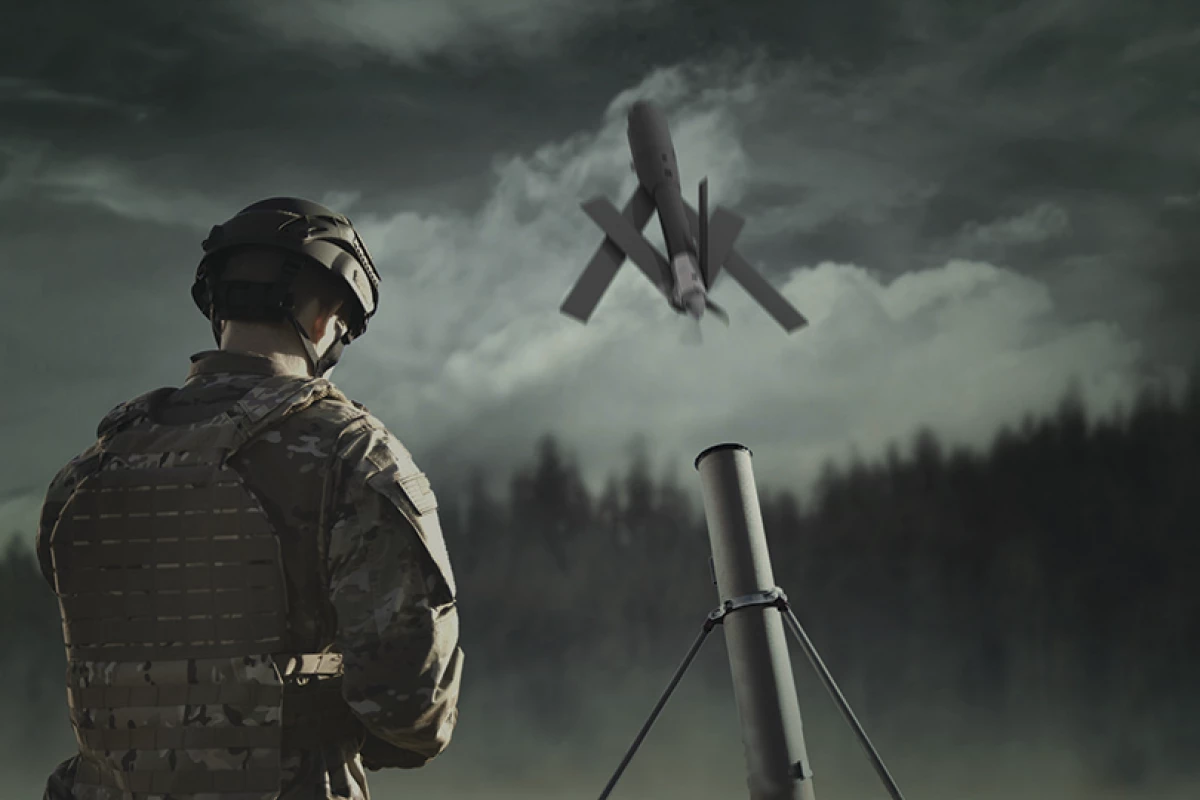The recent turnabout in Ukraine that saw the Ukrainian forces unexpectedly recapturing a claimed 6,000 km² (2,317 miles²) of territory as the Russian lines collapsed shows that this is a war full of surprises. Not the least of these is that the conflict is shaping up as the first true drone war, giving new insights into the battlefield of the future.
Though they may seem like something quintessentially 21st century, UAVs or drones have been around for well over a hundred years. During the First World War, the United States and Britain experimented with radio-controlled aircraft and aerial bombs that were explosive-laden airplanes with detachable wings. In the Second World War, Germany deployed the notorious V-1, which was history's first jet-powered cruise missile.
By the time of the Vietnam war, American drones were being used for the first time for counter-insurgency operations, and cruise missiles were evolving as part of the strategic and tactical arsenals of the major powers. When the invasions of Afghanistan and Iraq occurred, the public saw increasingly sophisticated drones being used not only for reconnaissance, but also for targeting terrorists with air-to-surface missiles.
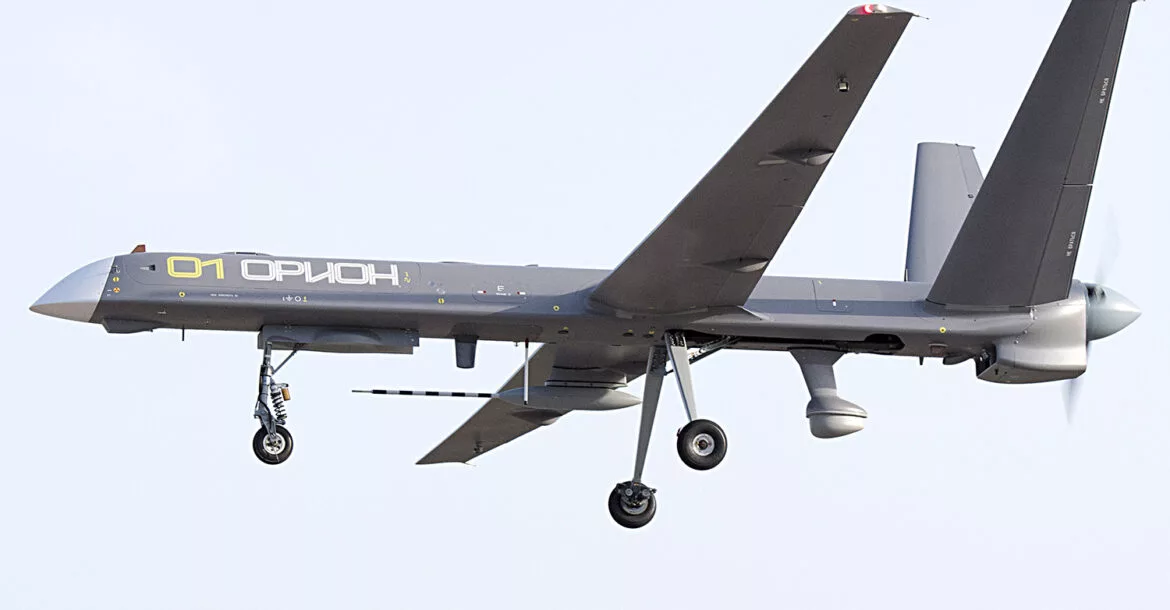
Today, drones are used by over 100 countries as well as private groups and individuals. Where drone warfare once consisted almost entirely of an American Predator UAV flying alone over the deserts of the Middle East, there is now a growing and diverse group of drones appearing in more and more roles on the battlefield and beyond.
Modern military drones come in a bewildering variety, but they can be placed in several categories, which can be described as running from large, high, and fast to small, low, and slow. At one extreme are tiny drones that can fit in the palm of a soldier's hand and are basically designed to provide an extra set of eyes to look over walls and around corners. At the other end are large, uncrewed, jet-propelled aircraft with wingspans of 131 ft (40 m) that can cruise at an altitude of 60,000 ft (18,000 m).
In between these are a spectrum of drones for penetrating enemy air space, conducting persistent surveillance, providing large and small tactical support for ground troops, and even directly attacking lightly armored targets.
Drone war in Ukraine
When Russia rolled into Ukraine in February 2022, its Army's initial success was partly down to the lessons it learned from the first use of drones during the annexation of the Crimean Peninsula in 2014. In that operation, the Russian military integrated drones into ground tactics to track Ukrainian forces and adjust artillery strikes to destroy them.
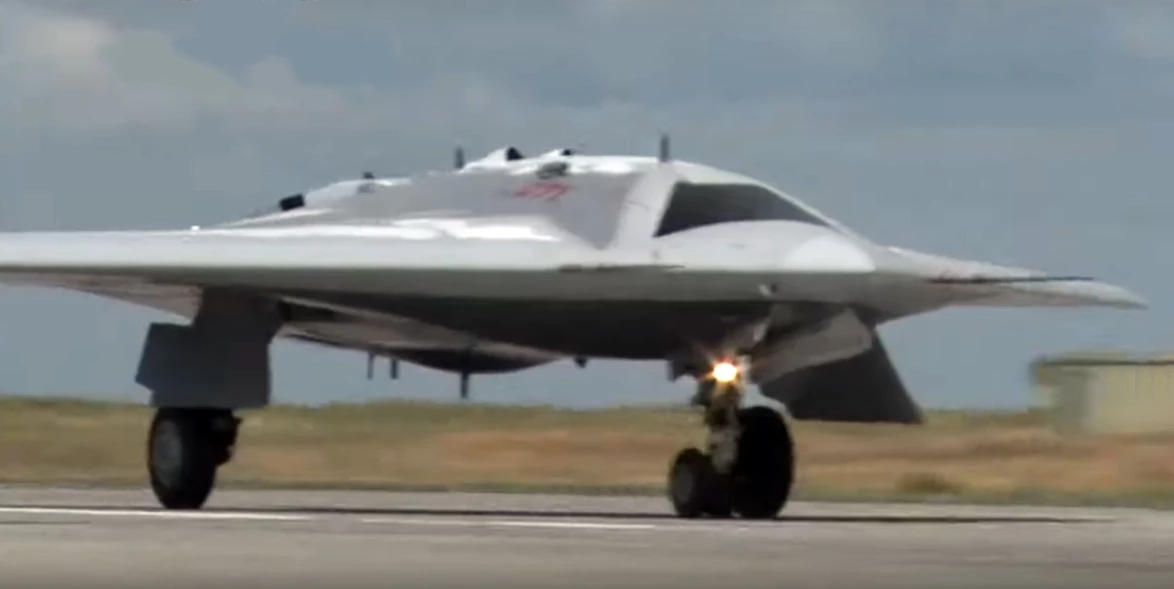
According to British Intelligence sources, in the early days of the 2022 invasion Russia fielded about 500 drones worth US$9 billion as a major tool to coordinate artillery missions. Accounts indicated that, though the drones weren't as sophisticated as their Western counterparts, they were much more advanced as far as integration was concerned.
Russian drones
Russia's drone fleet isn't as varied as NATO's, but they can handle many different missions.
On the small end is the Zala Kyb and the Eleron-3SV, which are small delta-wing UAVs that are designed for stealthy launching by ground teams and then penetrating enemy territory quietly. These can be used for reconnaissance, though the Zala Kyb is also a loitering munition, which means that it can zero in on a target and explode.
In the middle range is the Orlan-10, which is the most common Russian drone and was used not only in Ukraine but also in Syria. It's used mainly for surveillance and reconnaissance and carries a target-designator laser system. Lesser known is the Kronshtadt Orion. Designed for precision strikes and reconnaissance, information is scarce about it, though its capabilities appear to be similar to the American MQ-1 Predator.
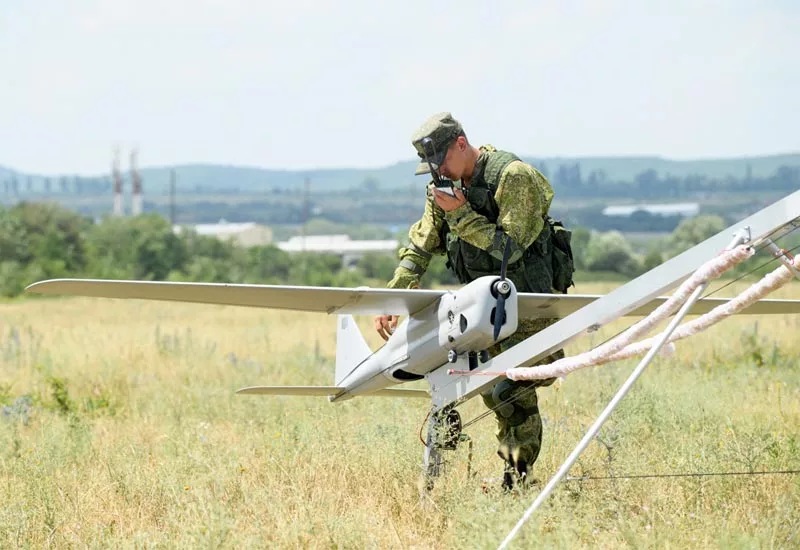
Along with these, Russia appears to be fast-tracking its prototype jet-propelled S-70B Okhotnik to enter service before its scheduled 2024 debut. It has only recently fired its first missiles in tests and most of the details about it are highly classified. However, it looks very similar to the Lockheed Martin RQ-170 and appears to have a large operational range with air-to-air and air-to-ground operations capability.
In addition to these there are reports that Moscow is in talks to purchase hundreds of Shahid military drones from Iran. This large single-engine propeller-driven UAV is also a reverse engineered variant on the MQ-1.
Ukraine turns the tables
Though the heavy use of propaganda by both sides makes any assessment of what has been happening for the past six months extremely difficult, there are some trends that have been emerging regarding the use of drones in the conflict. Not only did the Russian blitzkrieg collapse into a war of attrition that seems to be only becoming more mobile lately as Ukraine advances, but Russian forces have suffered much heavier drone losses than expected.
Part of the reason for this is that Ukraine learned lessons from the 2014 Crimea war. Then, the country had no drones at all, but over the past eight years the Ukrainian armed forces raised a small fleet of 300 drones based on the A1-SM Fury and Leleka-100 reconnaissance drones, to which was added the Turkish-built Bayraktar TB2 medium altitude long-endurance drone, which has an endurance of 27 hours, flies at 25,000 ft (7620 m) and can carry out reconnaissance and ground attack missions using four laser-guided bombs mounted under the 40-ft (12-m) wings.
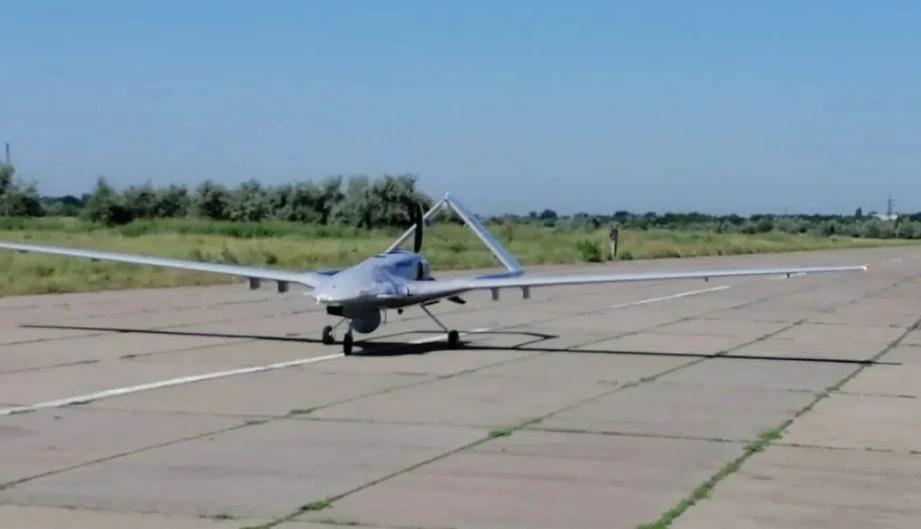
In addition to these, Ukraine also fields large Soviet-era Tu-141 reconnaissance drones and small US Switchblade drones. Like the Russian Zala Kyb, the Switchblade is a soldier-portable loitering munition that can fly for 40 minutes and carries a large enough warhead to penetrate tank armor.
Ukraine is also receiving Phoenix Ghost drones. These are also loitering munitions that can attack both vehicles and individual soldiers, Furias, Pumas, ScanEagle surveillance drones, and Turkish Ankas. There has even been talk about Ukraine purchasing four American MQ-1C Gray Eagle drones armed with Hellfire missiles, but Washington has balked out of fear one of the aircraft could fall into Russian hands.
Meanwhile, Norway and Britain are donating Black Hornet micro-drones that look like toy helicopters and are small enough to fit in a soldier's palm for urban combat operations.

This list is far from exhaustive because Ukraine has also deployed swarms of commercially available civilian drones. Costing only a few hundred dollars, these were used by regular forces, paramilitary groups, and civilians, with some modified to carry hand grenades to target. These have proven effective, but improved Russian air defenses and jamming systems have increasingly countered these.
How is this working out?
Ukraine's use of drones has been instrumental in changing the course of the war as Russia's own UAV capabilities have been degraded, reducing situational awareness and forcing it to conduct artillery attacks without proper targeting. By contrast, Ukraine has been able to use its drones, both big and small, to launch effective attacks without wasting its far more limited resources and personnel. This has allowed Ukraine to disrupt supply lines, attack air defense systems, and even sink ships.
Added to this, sanctions on the Russian defense and aerospace sectors have made it extremely difficult to maintain and replace drones. On the plus side for Russia, the country has advanced anti-drone systems and has been able to jam or spoof Ukrainian control signals, jumble communications, and to directly attack aircraft avionics.
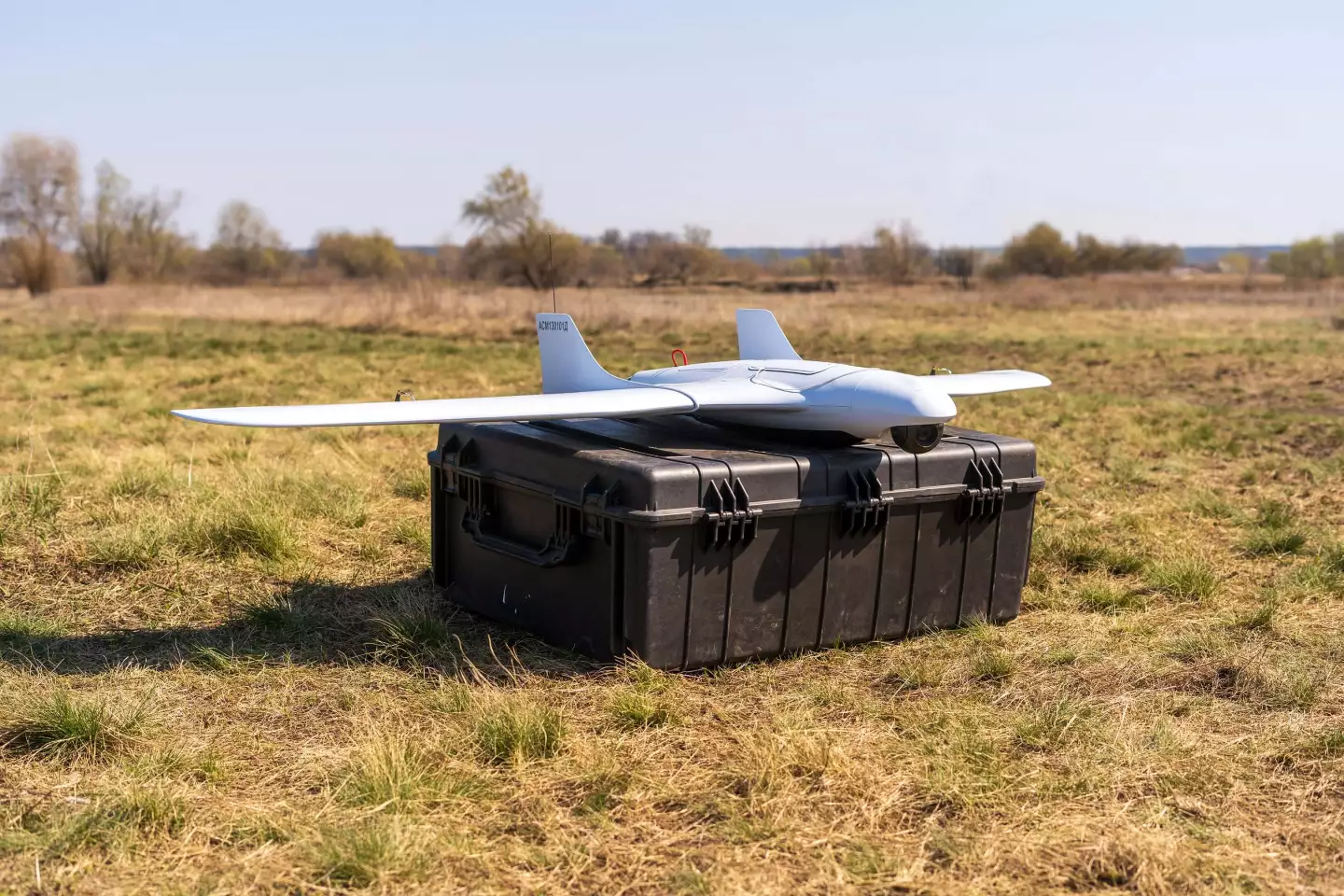
Reports suggest that as the Russian advance slowed and stalled, these defenses and the early-warning radar systems that support them have become better organized. However, Ukraine has access to ever more sophisticated Western technology that counters these countermeasures by switching frequency and programming drones to execute evasive maneuvers until contact can be reestablished.
The contrast between the Ukrainian and Russian defenses is telling. Reports show that downed Ukrainian drones show significant physical damage, showing that they were destroyed by missiles. Meanwhile, downed Russian drones are often intact, suggesting that they were disabled electronically.
The lessons of Ukraine
The battle for Ukraine is far from over and may last many months or even years before it's finally resolved. However, this first widespread use of drones by both sides in a near-peer war is already providing insights into the battlefield of tomorrow.
The drone battles have shown that UAVs don't exist in some science fiction vacuum. Their development and deployment is subject to the same complex interplay of sanctions, embargoes, economics, resources, and labor as other military assets. Though they can have a significant impact on a campaign, they can also be severely affected by the tide of battle as drone numbers fall and networks become less reliable.
The other obvious factor is the rise of cheap commercial drones. These have produced an economical and dispersed web of flying eyes and sometimes bombs, but they have also proven to have limited effectiveness when a modern, fully operational counter-drone defense is up and running. Another problem is that such commercial drones are used by soldiers, civilians, journalists, rescue crews, and many others, introducing the danger of blurring the line between combatant and noncombatant, thereby increasing the risk of putting innocent civilians at risk by making them, arguably, legitimate targets.
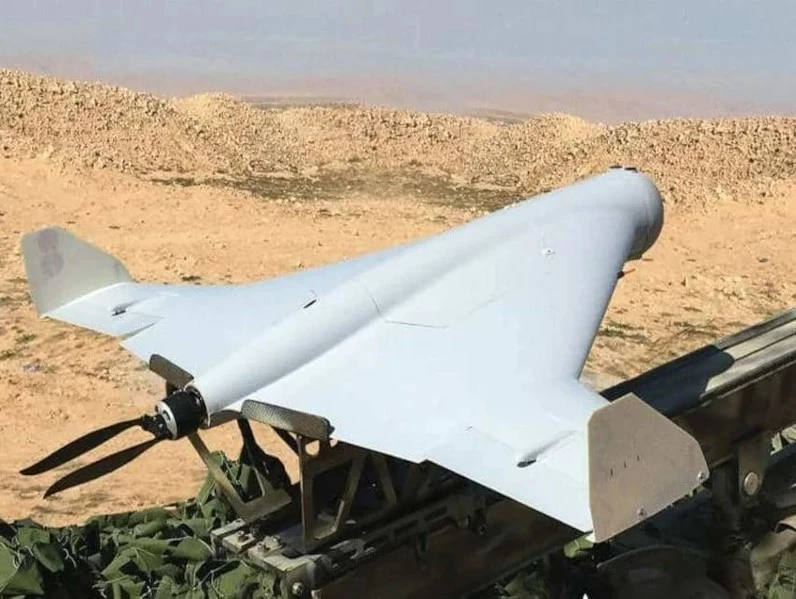
One effect of commercial drones has been that they have changed the information war. If Vietnam was the first televised war, Ukraine is the first drone camera war. Commercial drones are not only used for targeting, they are also collecting full-color, high-resolution videos of strikes and alleged strikes against Russian targets that are then crafted into propaganda videos complete with rock music soundtracks that are released via social media.
The drones are also changing and evolving anti-drone defenses at a remarkable rate. Faced with the prospect of millions of drones in the future, military planners around the world are becoming much more interested in understanding drone defenses, how to improve them, and even how to use drone swarms to counter drone swarms.
Drones have also sped up war. Where it could take up to 30 minutes to carry out an artillery attack, it can now take as little as three minutes. The spotter of today has come a long way from someone with a pair of binoculars and a signal mirror. The modern counterpart has laser designators, satellite links, internet networks, and, now, fleet and personal drones.
Instead of special forces, tomorrow's commanders can send in drones. As autonomous systems, artificial intelligence, and swarming technology mature, field commanders will be able to watch multiple approaches to and from a position simultaneously and assess the situation in a much shorter time. Drones can even sit on standby in an area to relieve those disabled by defenses and also attack those defenses.
What's at risk? Just a machine. Even today drones are attacking ammunition dumps and have aided in sinking a Russian warship.
Drones also change infantry tactics. A soldier in Ukraine can never be entirely sure that one or more drones aren't watching at any given moment. US Air Force commanders are already showing concern about this development. Watch a precision light show conducted by drones using LED lights and then imagine that same capability applied to a battlefield.
Ground troops will need to adapt to this new world. While air forces will handle the larger, higher-flying UAVs, soldiers will need to learn their own anti-drone drills and to be proficient in using drone-killer guns that may shoot shotgun rounds, nets, plastic string, microwaves, or lasers. Cyber warfare will also need to evolve to counter these new threats.
It suggests a whole new way of war that will have a tremendous potential to change future events. Will drones help to force Russia out of Ukraine? Will drone swarms make Taiwan too expensive a target for mainland China? Will NATO risk a $35-million F-35 Lightning II fighter when a $200 drone can fly into the engine intake on takeoff? Or will drone swarms be the shock troops of tomorrow's invaders?
Those are just a few of a great many questions that are keeping military analysts up late.
